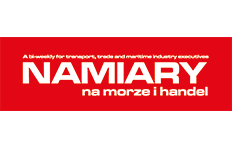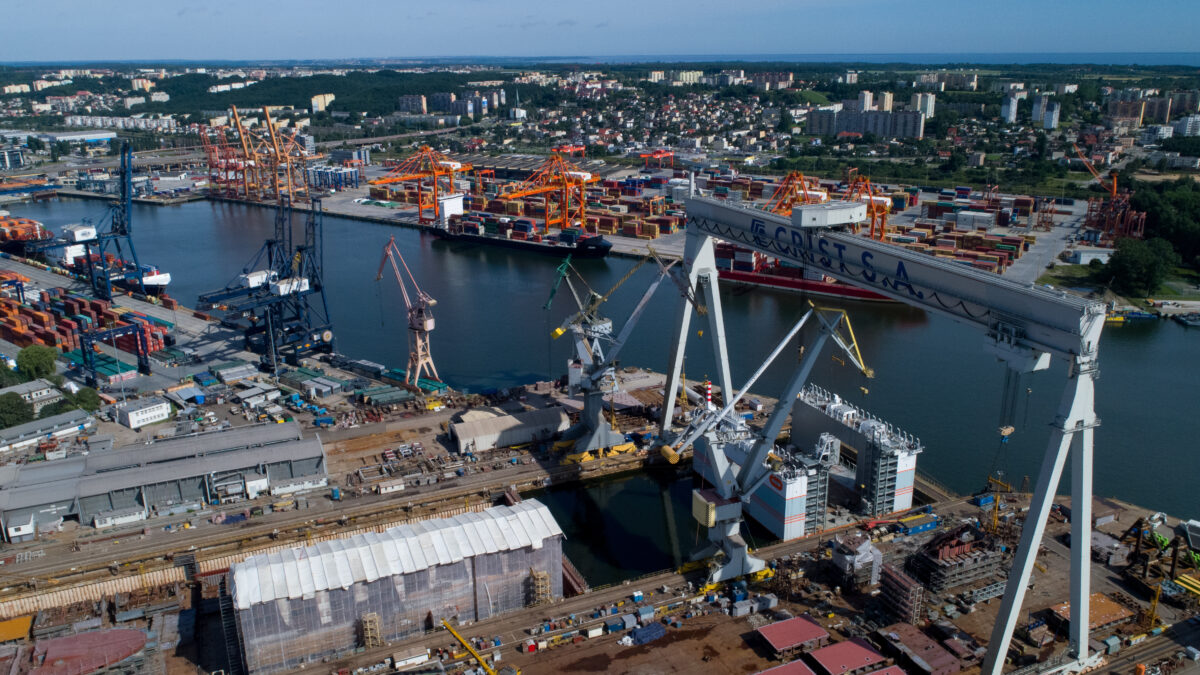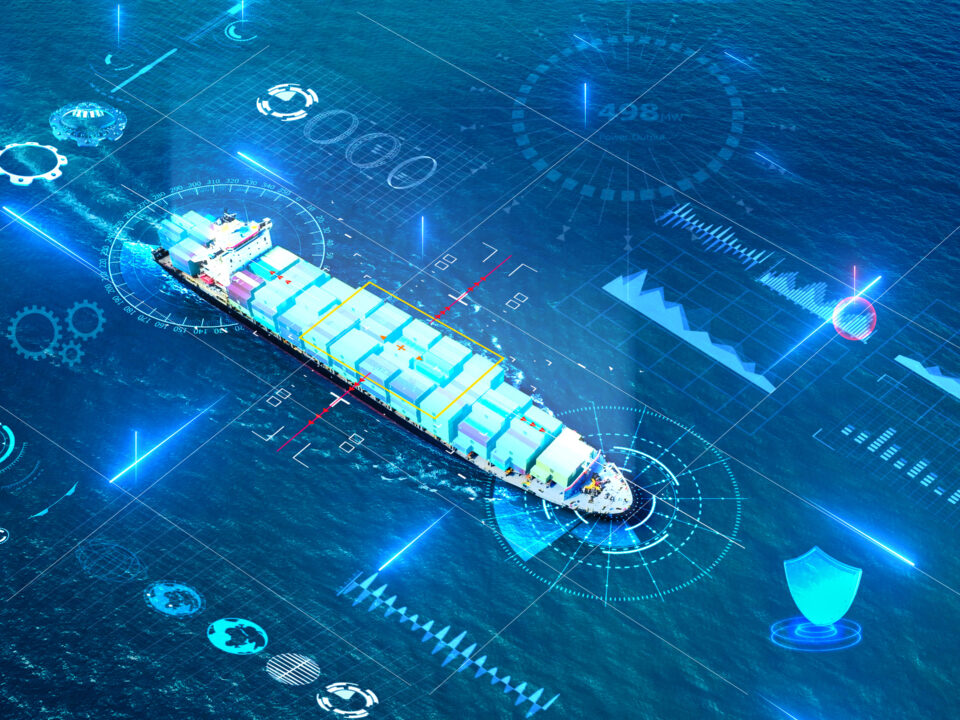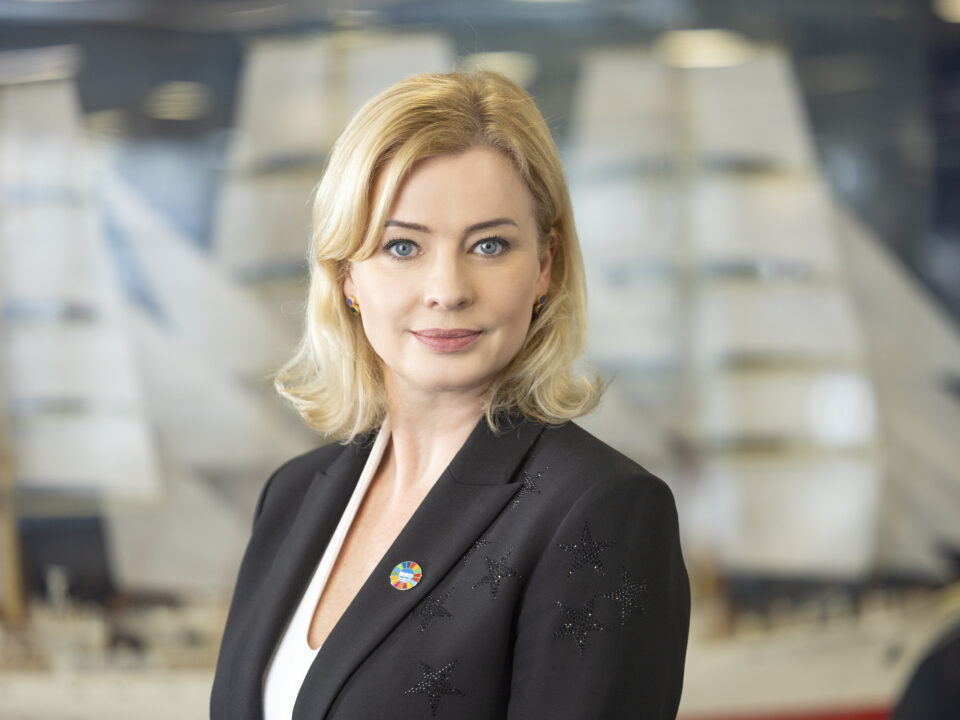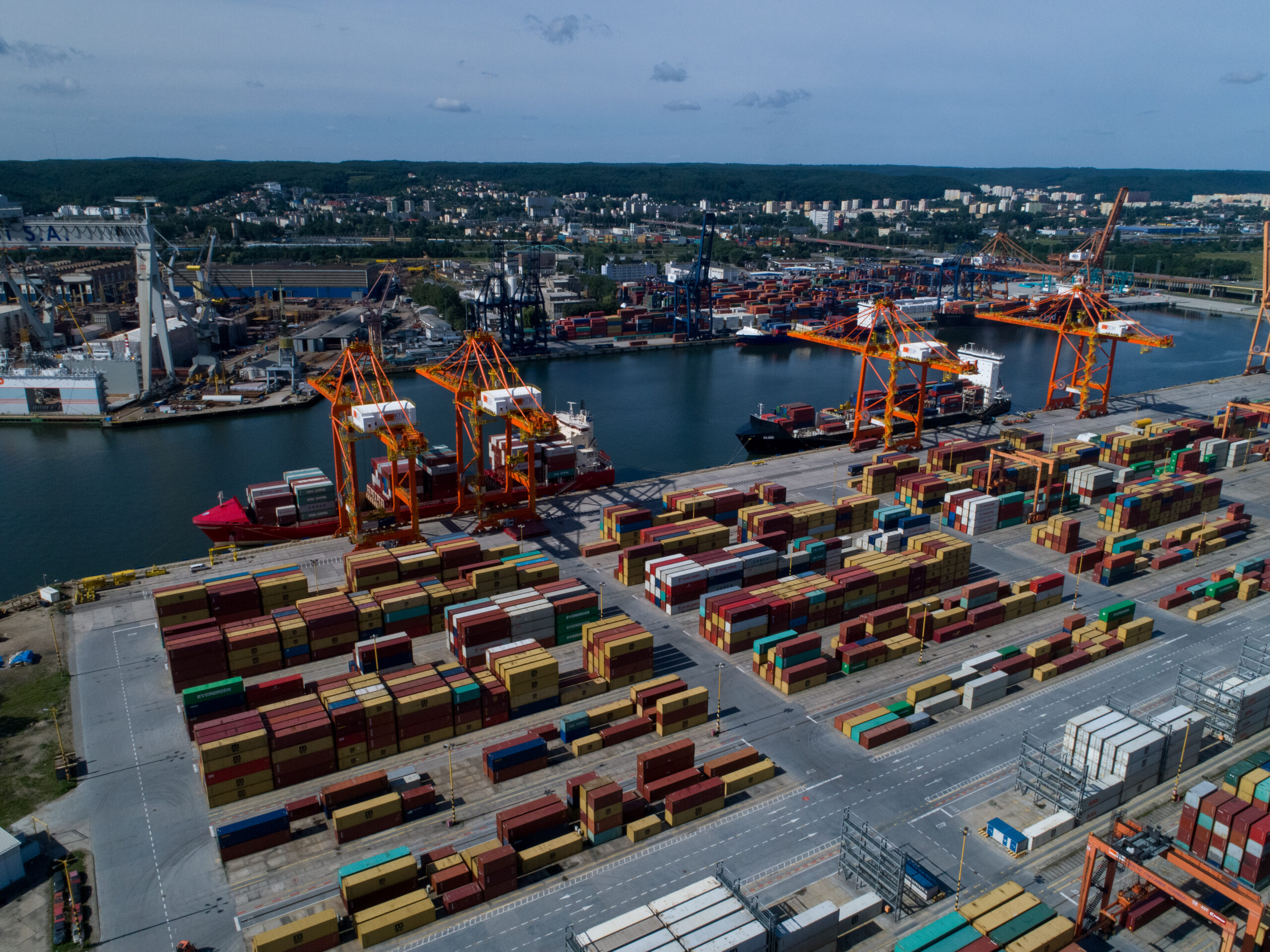
Taxation of Polish ports
21 June 2024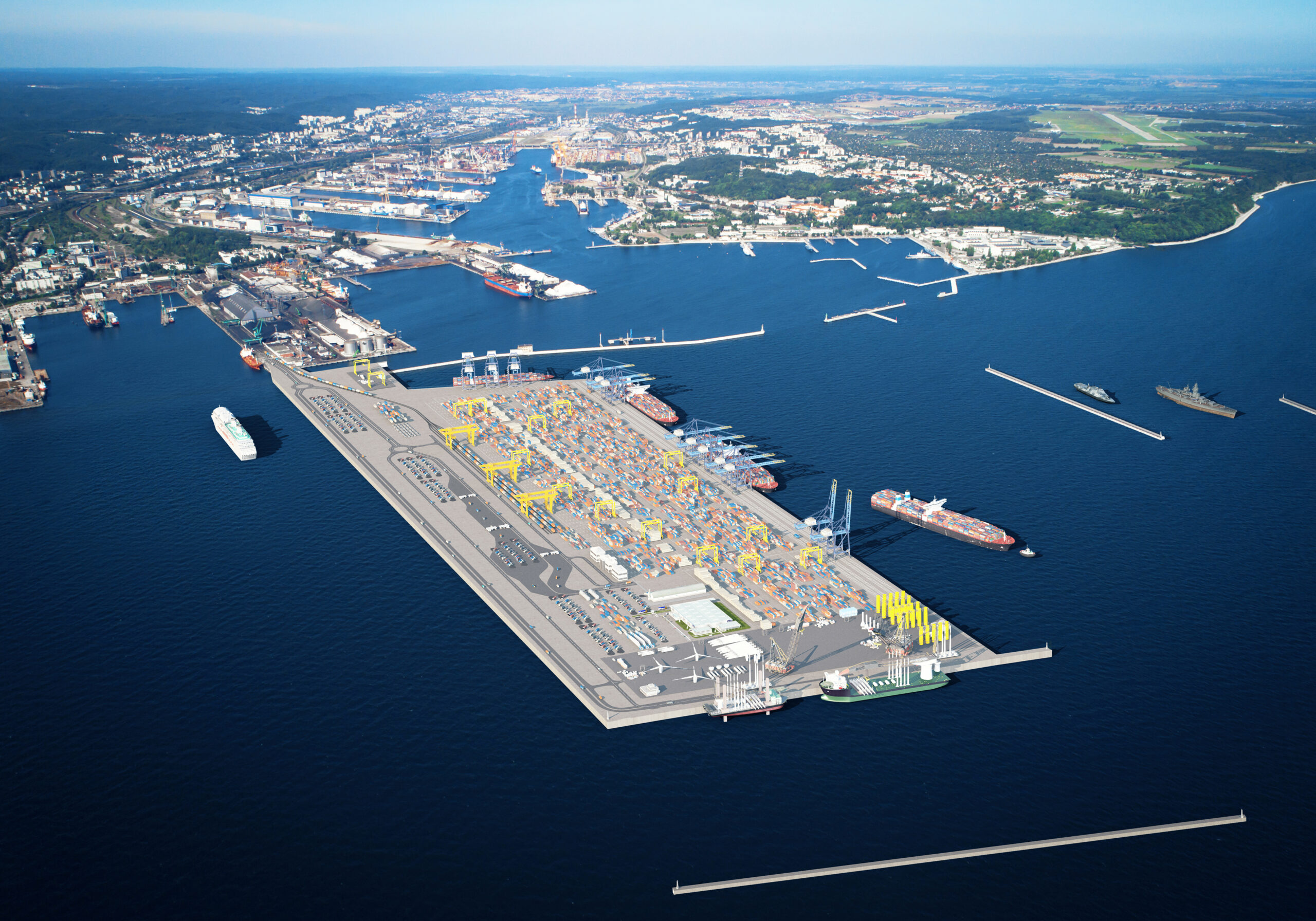
Routes to new ports and terminals
8 July 2024– We are living in a time of breakthrough. We are facing a technological revolution in maritime transport related to decarbonisation, which has actually already begun. It draws new perspectives for the Polish shipbuilding industry – explains Ireneusz Karaśkiewicz, director of the office of the Shipbuilding Forum Employers’ Association.
He points out that the shipbuilding industry is effectively divided into 2 groups of shipyards: large ones, building huge container ships or LNG carriers, and medium-sized or smaller shipyards. In the first case, almost 100% of global production is concentrated in 10 shipbuilding groups located in Asia. There is a major recovery in this assortment, of which Asian shipyards are the sole beneficiaries. In contrast, the smaller and medium-sized shipyards continue to be in recession and overcapacity. Although this will not last much longer.
If only because of the ageing fleet. Of the 125,000 registered vessels, 50,000 are 25 years old or older. As a result, there must be a process of fleet renewal, albeit one that is heavily delayed. And this is due to the huge uncertainty introduced by environmental regulations – shipowners are currently in a dilemma as to which propulsion system to choose for a ship to ensure compliance with all environmental regulations for the longest period possible. This is why, according to shipbuilding industry analysts, we are in for a much-postponed recovery.
Polish shipyards’ speciality, in terms of finished vessels, is ships using modern and environmentally friendly propulsion technologies, which have already become a hallmark of our shipbuilding sector. The latest challenge in this respect is the construction of a series of 3 ro-pax ferries (with an option for 4) with LNG propulsion in Remontowa Holding’s Gdańsk Shipyard, for the company Polskie Promy, whose shareholders are the State Treasury and Polska Żegluga Morska. The first of these, which will sail in the colours of Unity Line, was launched at the end of October last year.
This is one of the largest orders of a series of passenger ferries of this size from European shipyards, which in recent years have been almost exclusively located in China. The ferries being built at GSR will be 195.6 m long, 31.6 m wide and have a cargo line measuring 4100. They will be powered by four dual-fuel LNG engines with hybrid assistance. Instead of conventional propellers, each ferry will be equipped with 2 azimuth thrusters at the stern and 2 thrusters at the bow to improve maneuvering in ports. The first ferry was launched in 2023 and is expected to enter service in late 2024/early 2025. In turn, sheet cutting for the second unit took place at the end of March last year. Remontowa Holding is experienced in building LNG ferries. Indeed, it has built four such vessels (at Remontowa Shipbuilding) for Canadian shipowner British Columbia Ferry, which is reportedly considering returning to the shipyard with another order.
Meanwhile, Partner Shipyard from Police, together with Neptune Shipyards, was honoured with the prestigious Ship of the Year award given last November in Rotterdam. Recognition in the eyes of the jury went to the vessel Canopée, as a „revolutionary design for a twin-engine wind-powered ro-ro”. The vessel’s hull was built by Partner Shipyard and launched in Szczecin, while the Dutch shipyard Neptune was responsible for its completion and outfitting. The vessel entered service last August and sails under the colours of the French company Alizés, a joint venture between Jifmar Offshore Services and Zéphyr & Borée. It is an open ro-ro-ship, carrying parts and fuel for Ariane rockets from France to French Guiana. It is 121 m long, 22 m wide and reaches a speed of 16.5 knots. The innovative hull shape, supported by 4 Oceanwings sails, reduces fuel consumption by 18%, thus reducing CO2 emissions.
Polish shipyards also carry out projects for the Navy and maritime administration. In mid-August last year, the cutting of sheets for the first frigate for the Navy, which will be built under the Miecznik programme, took place. According to the plan, 3 modern ships will be built at the PGZ Naval Shipyard in Gdynia, in cooperation with arms industry leaders such as Babcock, MBDA, Thales and Remontowa Shipbuilding. The first frigate will enter service by 2026. For this project, a hull hall and a production hall are under construction at the PGZ SW site.
Remontowa Shipbuilding, on the other hand, is focused on the construction of a further three Kormoran II-type mine destroyers. The contract for their production was signed in late July last year, and late November last year saw the laying of the keel of the fourth ship, which will be named ORP Jaskółka. The newly built ships will be improved based on the operational experience of earlier versions, will have more powerful armament and will be equipped with better sensors and naval robots, as well as an upgraded integrated combat system. They will enter service between 2026 and 2027.
The Gdańsk shipyard is also building 2 SIGINT (Signal Intelligence) ships of the Delfin class. The first will be named ORP Jerzy Różycki and the second ORP Henryk Zygalski, in honour of the outstanding mathematicians who contributed to the breaking of the German Enigma code. Their construction was commissioned by the Swedish company Saab Kockums AB, which signed a contract with the Armament Agency in 2022 for the design, construction, delivery and logistical support of these vessels. SIGINT-type radio reconnaissance ships are used to support intelligence acquisition.
Article developed with Namiary na Morze i Handel magazine
phot. Namiary na Morze i Handel magazine
